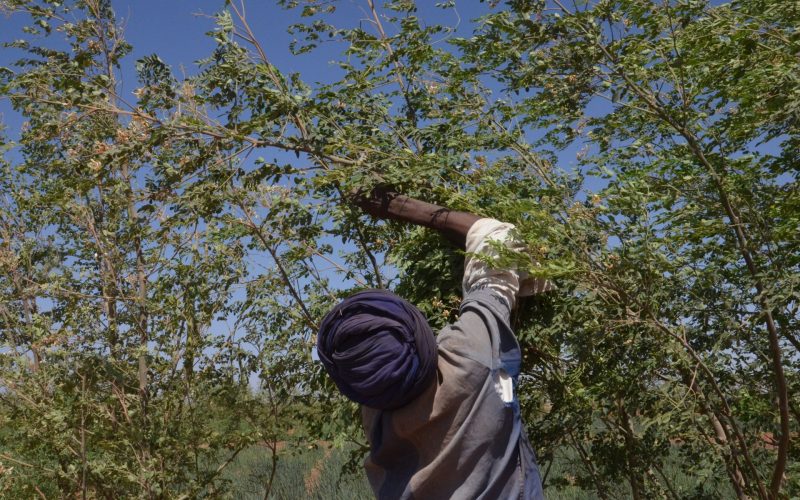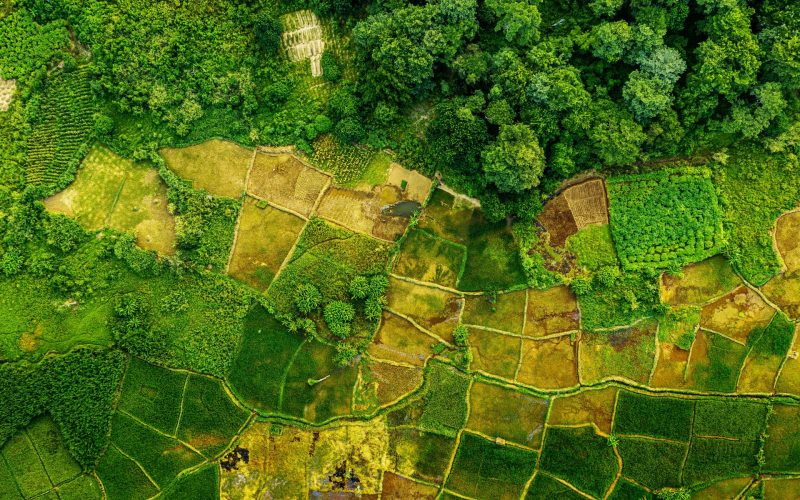These benefits are threatened by high levels of deforestation and forest degradation, the direct causes of which include conversion of forested land for agricultural use and extraction of timber and NTFPs (notably for fuel wood and charcoal). Climate change and encroaching desertification add additional stressors in a region already under pressure. In the context of these very real pressures, the forestry sector is easily marginalised or even pitted against sectors such as water or agriculture. In reality, however, these sectors are intricately linked. This paper identifies the water–energy–food security (WEF) nexus as an appropriate conceptual lens through which to explore interdependencies among these sectors and forestry, in the context of climate change. Instead of a default adversarial position, it is argued that policymakers should first consider possible win-win solutions. Where trade-offs cannot be avoided, a nexus approach can provide a basis for negotiation and assist in minimising adverse outcomes.







